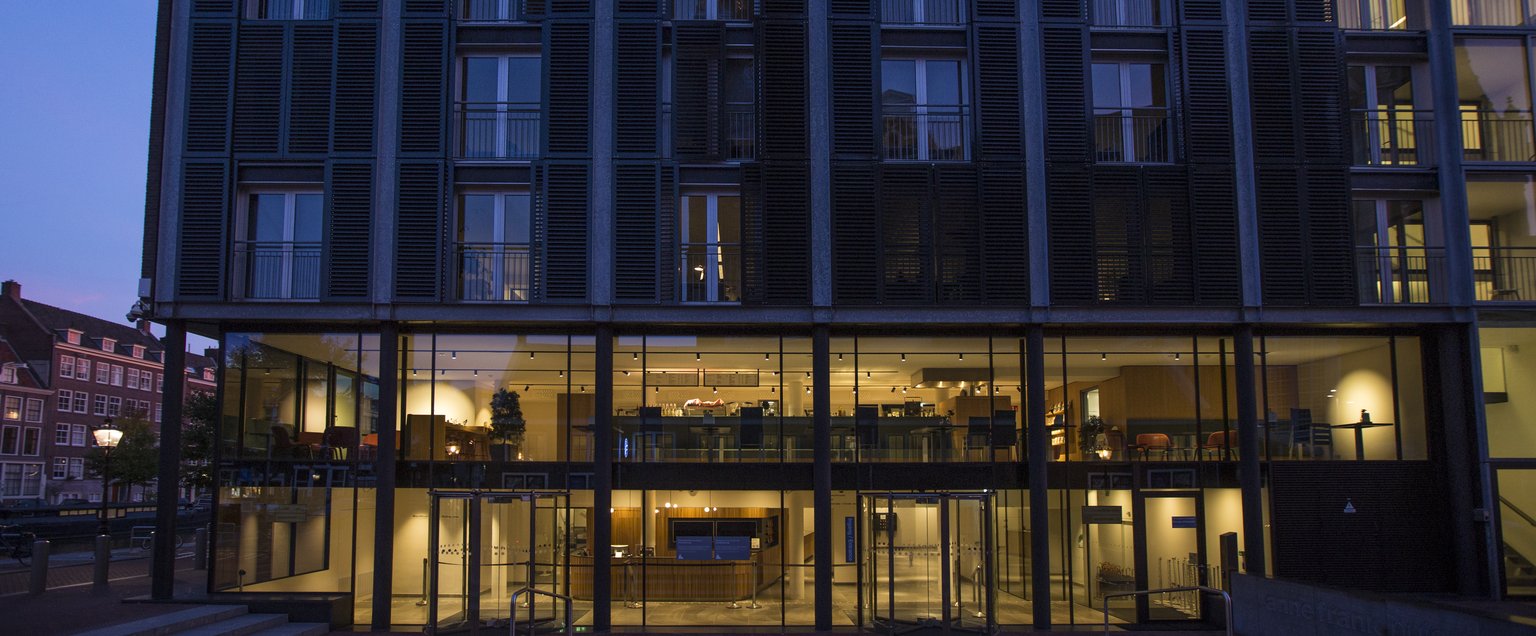Less income
Because of the restrictive measures to curb the spread of the Corona virus, the museum can receive no more than a quarter of the number of visitors in comparison with previous years. Given that we also expect fewer visitors and therefore less income next year and the year after, the Anne Frank House cannot avoid organisational changes. At the same time we want to ensure that the core of our mission, in the museum and our educational work, can continue to be fulfilled.
Ronald Leopold, executive director of the Anne Frank House, says: ‘The world is going through an enormous crisis. Like many other organisations, we are facing serious difficulties and we cannot avoid far-reaching, painful measures. Since the opening of the museum in 1960 visitors from all over the world have come to Amsterdam to visit the Anne Frank House. The entrance fees form the financial basis for our stewardship and opening to the public of the place where Anne Frank went into hiding, and for carrying out our educational activities worldwide. Now that many visitors are forced to stay away and we have largely lost our income from the museum, that financial basis is under severe pressure. We are extremely grateful to the government for the support we receive. Nevertheless, substantial shortfalls remain. No one can say with certainty how the pandemic and its consequences will evolve. We therefore have to adapt our organisation to the much lower income, but we also want to ensure that the core of our mission, in the museum and our educational work, can continue to be fulfilled.’
Three pillars
The Anne Frank House will implement cost savings and search for additional income. In the meantime the organisation is calling on its reserves. A reorganisation forms a part of the cost savings. We will have to become smaller and more compact in order to be able to respond better to changing situations. Because of this we will be able to carry out fewer activities in the museum or educational projects in the coming years. At the same time will have to find a balance between the need to save costs and the importance of continuing to fulfil our mission, especially with regard to the social consequences of the pandemic. 15 full-time posts will disappear: that is around a fifth of the organisation’s employees. Unfortunately, compulsory redundancies cannot be avoided.
Ronald Leopold: ‘We realise that we will have to let colleagues go who have put their heart and soul into their work for our organisation for many years. That is a painful process. We will carry out the reorganisation process as carefully as possible. The employees who are made redundant can make an appeal to a ‘social plan’.’
Mission
The Anne Frank House was established on 3 May 1957, with the close involvement of Anne’s father, Otto Frank. It is an independent, non-profit organisation dedicated to the preservation and opening to the public of Anne Frank’s hiding place, and to spreading the message of Anne Frank’s life and ideals worldwide. In the 60 years of our existence we have received over 36 million visitors.
On the basis of Anne Frank’s life story the Anne Frank House develops educational programmes and products with the aim of raising young people’s awareness of the dangers of antisemitism, racism and discrimination and the importance of freedom, equal rights and democracy.
